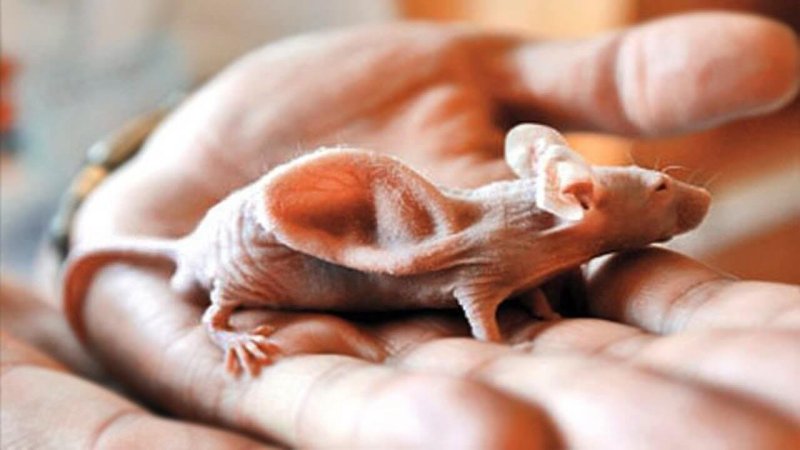Tissue engineering just got wilder and weirder.
Using nothing but light and bioink, scientists were able to directly print a human ear-like structure under the skin of mice. The team used a healthy ear as a template and 3D printed a mirror image of that ear—tissue layer by tissue layer—directly onto the back of a mouse.
All without a single surgical cut.
…
[T]he team shows that it’s possible to build or rebuild tissue layers, even those as intricate as an ear, without requiring surgical implant. This means that it could one day be possible to fix an ear or other surface tissue defects—either genetic or from injuries—directly at the injury site by basically waving a sophisticated light wand.The technology, (long breath), digital light processing (DLP)–based 3D bioprinting, has gained tons of attention for the past decade due to its versatility. The basic idea is to inject cell-containing bioink into injured tissue, then shine patterns of light non-invasively to “activate” cells in the bioink. Depending on the cell type, they can then repair damaged spinal cords, nerve fibers, or blood vessels.
…
The authors said their work shows that it’s possible to do non-invasive 3D printing directly inside the body, and that it may “open a new avenue for medical 3D printing and advance minimally invasive or noninvasive medicine.”































